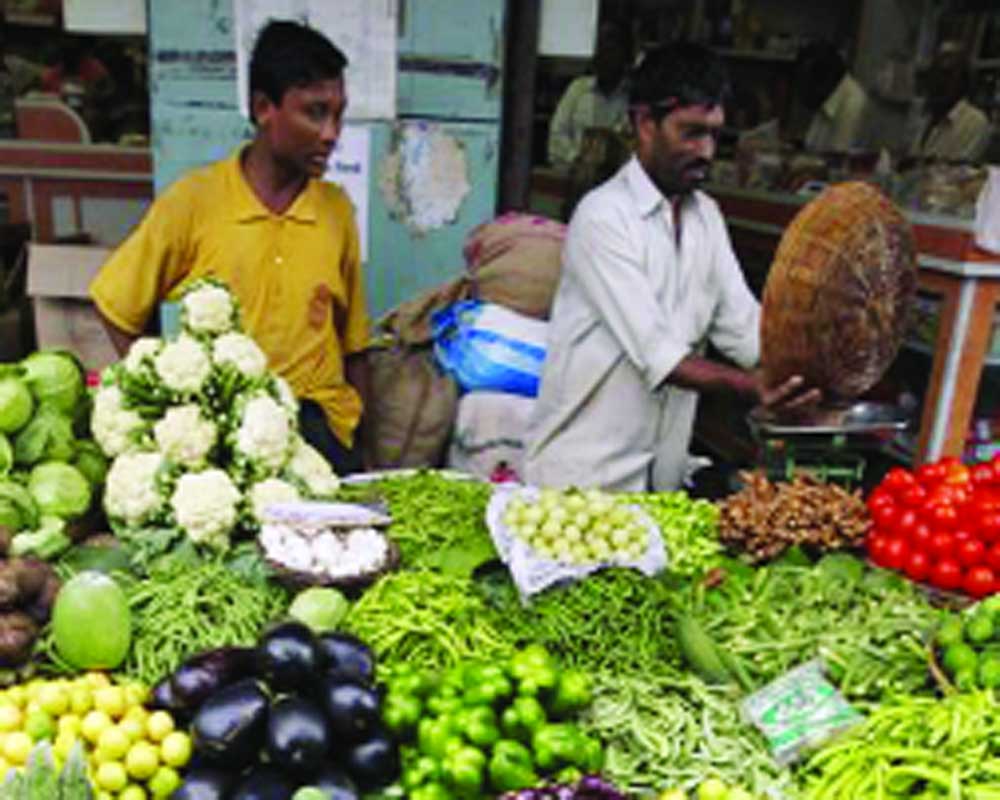It’s ironic that an economy on the verge of meltdown is now witnessing a spike in food prices. A solution has to be found
Like every year, food inflation is back in the news but this time it has reached a 71-month high. It would be anybody’s guess as to what accounted for the increase: A steep rise in prices of vegetables battered by the monsoon deluge is the main reason. Given the dramatic price rise of onion and milk across the country, the spike in wholesale and retail food prices isn’t surprising. Onion imports and a gradual increase in domestic supplies have arrested the spiral. The seemingly tone-deaf response to the crisis, particularly by Finance Minister Nirmala Sitharaman, was like pouring fuel into the fire, at least on social media. Clearly, long-term solutions have to be found. The Narendra Modi-led administration has shown that it can act on commodity prices. Its actions on the pulses crisis a few years ago saw the country move from being a net importer to that of a net exporter. Better management of the onion crop and an investigation into whether the crisis was manufactured have to be undertaken.
Nevertheless, food inflation has now become a reality of life. Controlling prices too much may eventually lead to farmers facing the brunt. And this wouldn’t be politically sound, too. Plugging gaps in procurement and managing the supply chain system can help mitigate the price increases and enhance efficiency. However, what has worsened the problem this time is the economic slowdown. With jobs growth at a standstill and people’s wallets facing more competitive pressures, even a small rise in the prices of essential food item tends to hurt the people more. For example, the repercussion of the milk crisis will be felt in a few weeks when prices of not just packaged pouches but dairy products like cheese and paneer will rise. This, coupled with increasing fuel rates, will likely pinch the common man even more in the coming weeks. What then should be done? Can a Reserve Bank of India cut help? Previous rate cuts have not spurred spending, nor have they encouraged banks to increase lending. Given the state of the financial sector, a reduction in interest rates will hardly help. The Government has also managed to tie itself up in knots, desperate as it is to increase taxes without realising the impact it will have on discretionary spending. The only way out is to splurge in the next wave of reforms, increase agricultural productivity and strengthen cold storage and distribution networks. With year-long restrictions imposed on retail traders and wholesalers on volumes they can trade, farmers are unable to sell their produce when they have a bumper crop. During shortages, distributors make money by hoarding. If the Government increases its own stocks and based on predictive analysis, grades export restrictions, it can arrest sharp price fluctuations.
(Courtesy: The Pioneer)








 OpinionExpress.In
OpinionExpress.In















Comments (0)